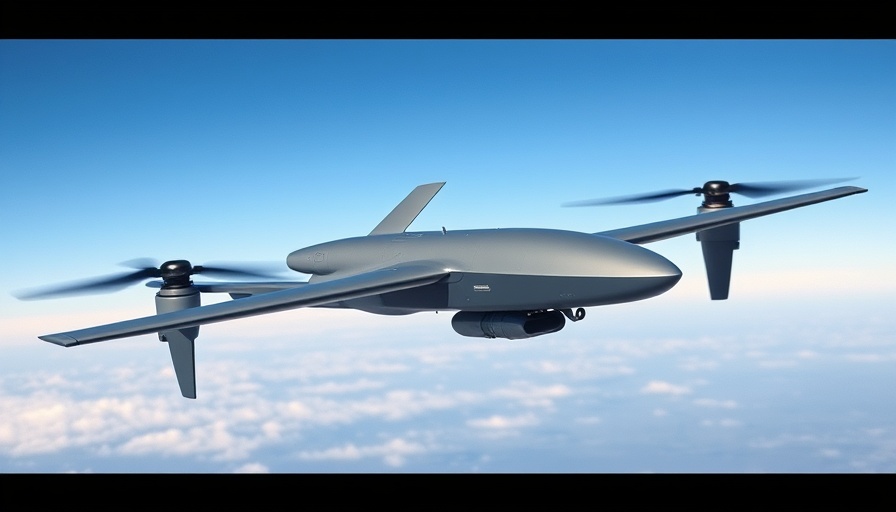
Introducing CoFi: The Rising Star in Construction Finance
CoFi, founded in 2018, continues to make waves in the construction industry by earning a spot on the MountainWest Capital Network’s (MWCN) 2024 Utah 100 list of fastest-growing companies — ranking an impressive 11th overall. This recognition highlights the company's relentless dedication to innovation and growth, driven by a commitment to enhancing client experiences.
During the Utah 100 Awards ceremony at the Grand America Hotel in Salt Lake City, CoFi's COO, Mike Lacey, emphasized how this accolade reflects the team's hard work over recent years. As CoFi embraces evolving market challenges and opportunities, the firm is positioned to reshape the construction finance landscape.
The Significance of the Utah 100 Award
Established in 1983, MWCN has become Utah’s leading network for business networking, bringing together diverse business leaders to foster growth and development. The Utah 100 selection criteria focus on percentage of revenue growth from 2019 to 2023, making it a prestigious acknowledgment of significant business achievement. For CoFi, being listed among top companies illustrates its rapid advancements in efficiency and financial stability.
Strategic Growth: A Focus on Client Experience
CoFi's growth strategy has revolved around leveraging technology to enhance customer service and streamline complex lending processes. By investing in people-powered technology, the firm has improved its loan origination, software development, and operational capabilities. These enhancements not only benefit CoFi but also reflect broader trends in the construction industry, where technology plays an instrumental role in project management and finance.
Construction Finance Trends Shaping the Industry
In recent years, construction businesses have faced increasing pressure to adopt innovative solutions that lower risk and enhance efficiency. CoFi's model of integrating advanced technology with user-centric approaches aligns perfectly with prevailing construction trends. Moreover, with a growing emphasis on sustainable building practices, CoFi's flexible construction loan programming positions them strategically within the market.
This forward-thinking approach offers key advantages, allowing businesses to adapt to changing demands and improve project outcomes. For property developers and facility managers, knowing companies like CoFi are pioneering financially sound and technically robust solutions can lead to more informed decisions in their construction project management endeavors.
Final Thoughts: The Future of Construction Finance
As CoFi continues to thrive, its journey serves as a testament to the importance of innovation in the construction finance sector. By prioritizing client needs and harnessing the power of technology, CoFi showcases how businesses can remain competitive in a rapidly changing landscape. For executives and business owners within commercial construction, understanding the implications of CoFi's success could inspire transformative approaches to financing and project management.
In conclusion, the growing emphasis on construction technology alongside strategic financial management will help shape the future of the industry. For stakeholders in the commercial construction realm, leveraging insights from CoFi's approach may reveal new opportunities for growth and enhanced project delivery.
 Add Row
Add Row  Add
Add 




Write A Comment